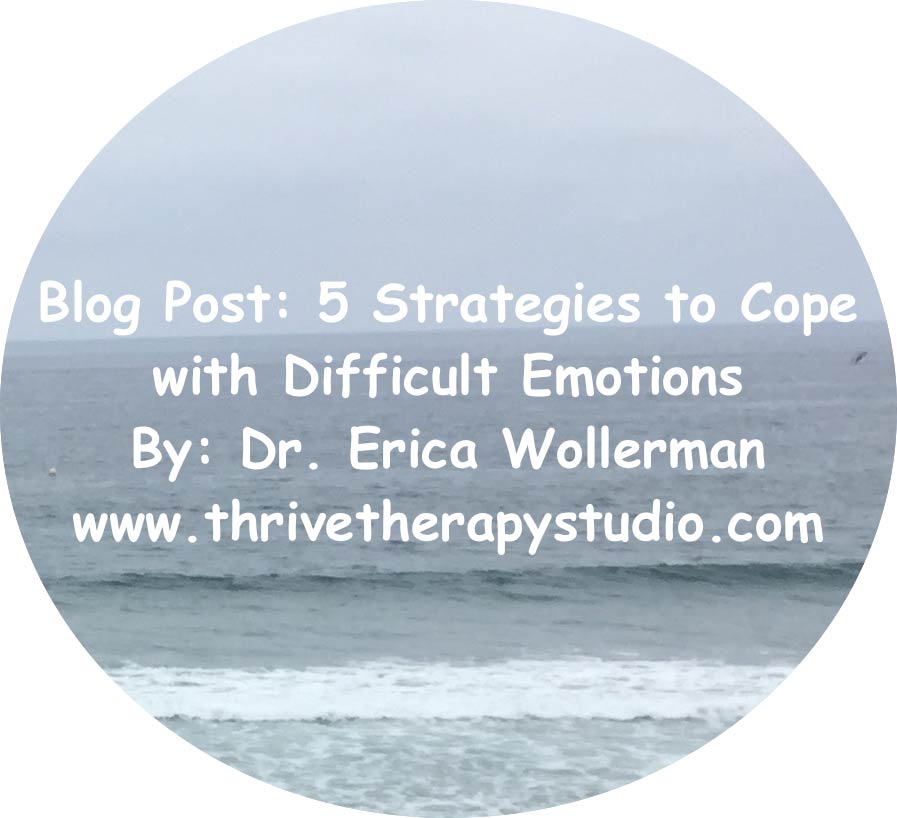As a psychologist, the topic of numbing or avoiding emotions comes up frequently in my sessions and discussions with clients. It is my belief that part of this is our culture that currently suggests that any emotion that is not typically thought to be “positive” is somehow “negative” or “bad.” Clients come in with many thoughts about how to manage emotions and often seem to vacillate between avoidance and wallowing in the emotion. Neither of these is very helpful for long-term mental health. Emotions are cues to the environment and so important to learn to sit with and process through them so that you can receive the lesson the emotion is there to teach. For example, if you are feeling depressed it is very worthwhile to think about what is going on and why you might be feeling down and depressed. This query and search for meaning can help you figure out what the depression is trying to tell you and what life changes might help you feel more content with your life again.
Unfortunately, when someone tries to avoid or numb their feelings, it often leads to increases of that very same emotion in the future. Kind of like when you have a soda bottle and just keep shaking it. Eventually, it will explode! Emotions are very similar and unfortunately, numbing them is only a short-term solution. Additionally, when we numb our unpleasant emotions, we also numb our more enjoyable emotions. They are flip sides of the same coin and it is through the experience of sorrow that our capacity for joy grows.
Here are some tips on ways to sit with unpleasant emotions:
- Remember that they are temporary.
- Seek out the lesson that emotion might be trying to teach you by exploring the emotion further.
- Try to figure out the exact emotion you are feeling. Often, unpleasant emotions are experienced as overwhelming and it can be confusing to know what is really triggering your pain. Sitting with the emotion, exploring the emotion, and arising at a reason or at least the accurate description of the emotion leads to understanding and a release.
- Let yourself experience the emotion with the understanding that it will not hurt you and that though it is painful, emotions are all a part of being alive. Sometimes it is helpful to think of the emotion as a wave that comes and goes.
- Talk to someone you can be vulnerable with. Particularly a close friend, family member, or maybe a therapist who can sit with you and express understanding without trying to solve the problem or “fix” the emotion.
I hope this discussion helped illuminate some truths about the balance that is so needed in our world around emotions! Please let me know what you think in the comments section!
Reach out to start
your healing journey


